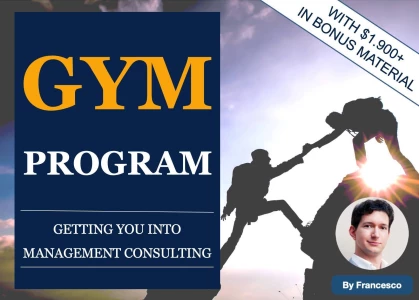Hi,
lets say that we want to enter a market in X industry. How do you make a parameter so that the hypothesis the industry is attractive is true? I can just think about market growth and market share is high enough depending on each case. Do you have any other suggestions?



